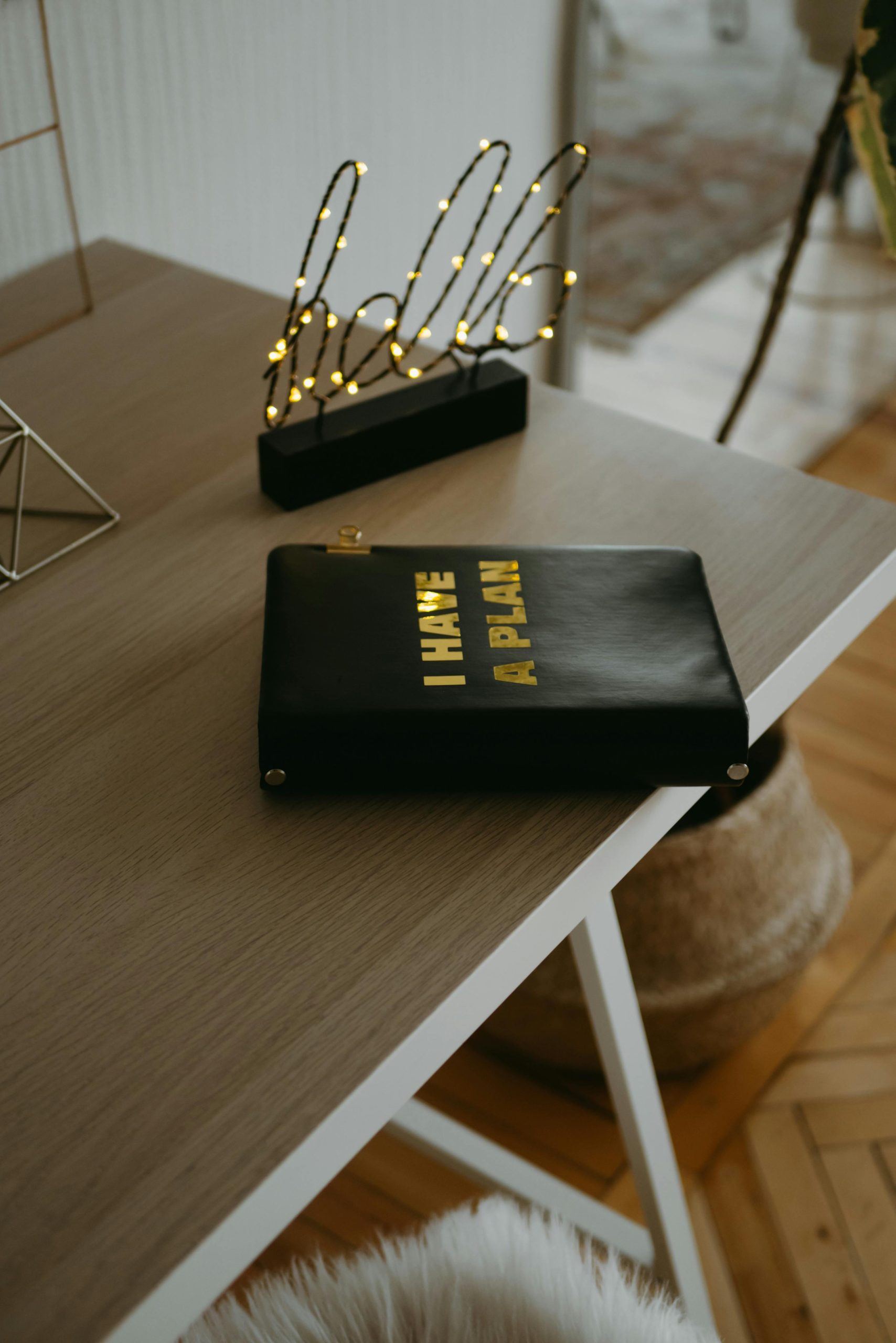To achieve a cohesive look between the header and the rest of the webpage, follow these steps:
Consistent Styling: Ensure that the header and the main content share consistent fonts, colors, and styles. For example, if your header uses a specific font family, utilize the same for your main content. Pick a color palette that matches across both areas to create visual harmony.
Unified Layout: Align the layout of the header with the main content. If your header has padding or margins, make sure the main content matches those dimensions. This creates a seamless appearance, as if they’re part of the same element.
Background Continuity: Utilize the same background color or image for both the header and the body section. If your header has a distinct background color, consider extending it in a similar way to the main content or using a gradient or an image that flows from the header into the main content area.
Visual Elements: Incorporate similar design elements, such as buttons, icons, and dividers, throughout both sections. For instance, if the header features rounded buttons, use similarly styled buttons in the content area.
Transitions and Effects: Use subtle hover effects or animations that apply to both the header and body. For example, if elements in the header change color when hovered over, do the same for interactive elements in the main content.
Responsive Design: Ensure that on various screen sizes, the transition between the header and the body stays smooth. Test the design on mobile and tablet views to maintain a coherent flow regardless of device.
Content Alignment: Pay attention to the alignment of content in both areas. If your header has centered elements, try to keep the main content aligned in the same way, whether it’s center-aligned or left-aligned.
By implementing these strategies, you will be able to create a unified appearance where the header and the rest of the page feel like a single, cohesive component.


One response to “Seamlessly Integrating Header and Page Design”
This is an excellent guide on achieving a cohesive website design! One aspect I’d like to emphasize is the importance of user experience (UX) in the context of header and page design. While visual consistency is crucial, we should also consider how these design elements affect usability. For instance, ensure navigation elements in the header are easily accessible and intuitive, as this directly impacts how users interact with your site.
Additionally, think about incorporating a visual hierarchy. By adjusting font sizes between the header and the main content, you can guide users’ attention effectively. For example, using a bolder font for headings in the main content can help distinguish it from the header while maintaining overall design coherence.
Lastly, be mindful of accessibility. Ensure that color contrasts are sufficient so that all users, including those with visual impairments, can navigate your site comfortably. A seamless design not only looks great but also serves all users expertly. Thank you for sharing these valuable tips!